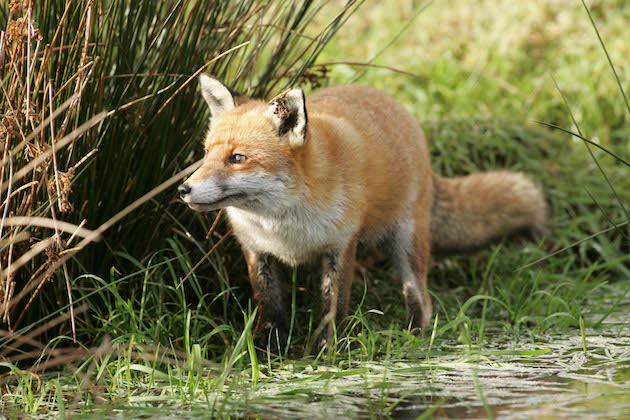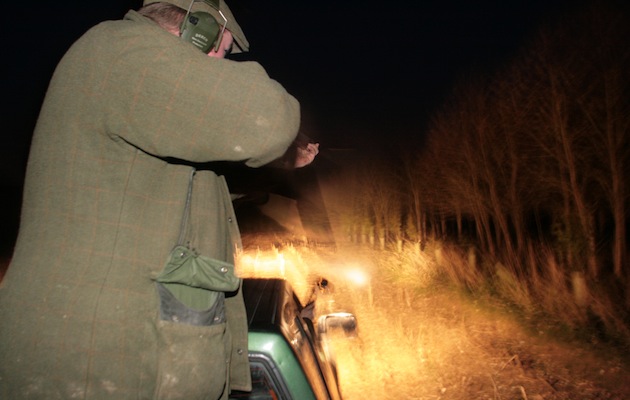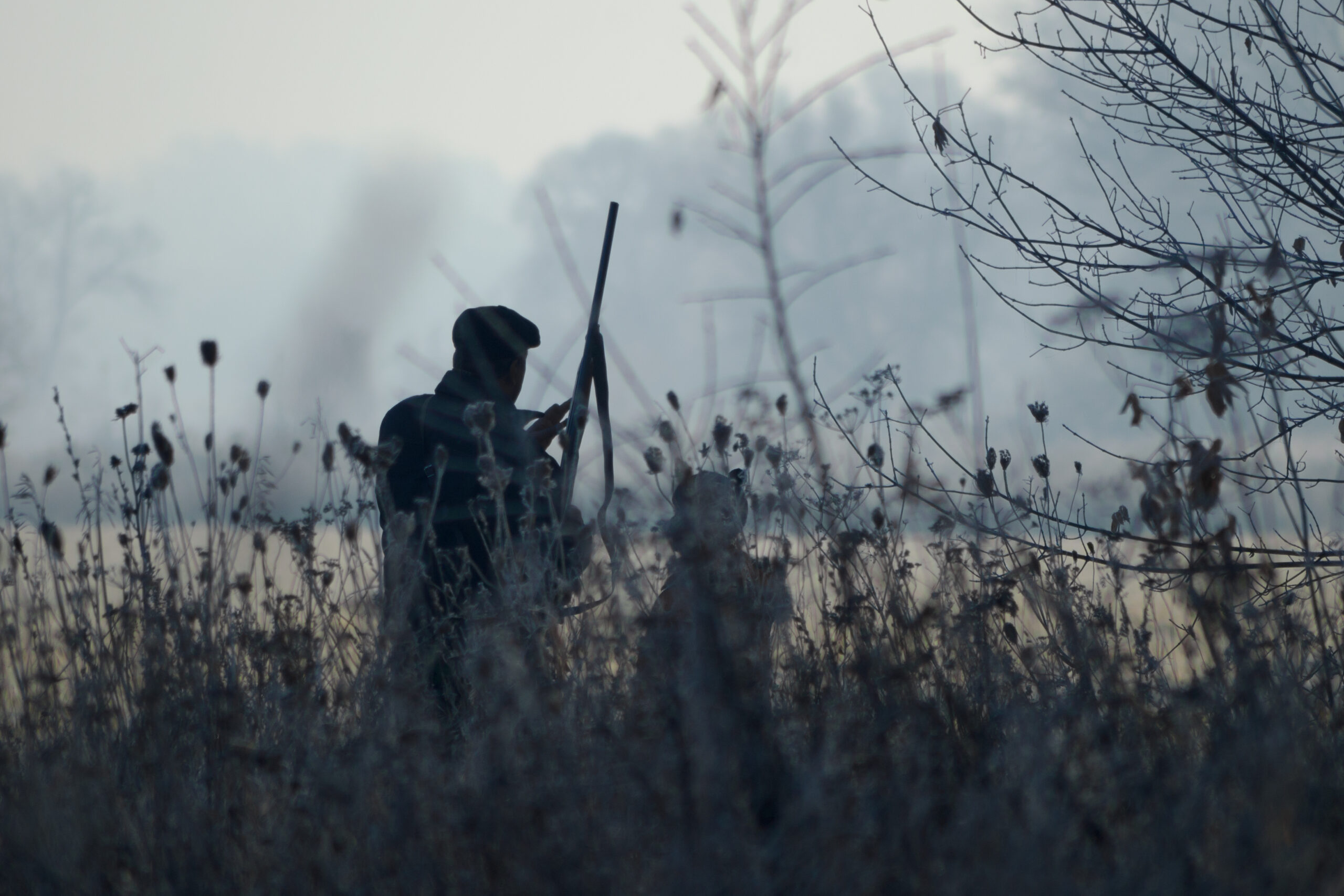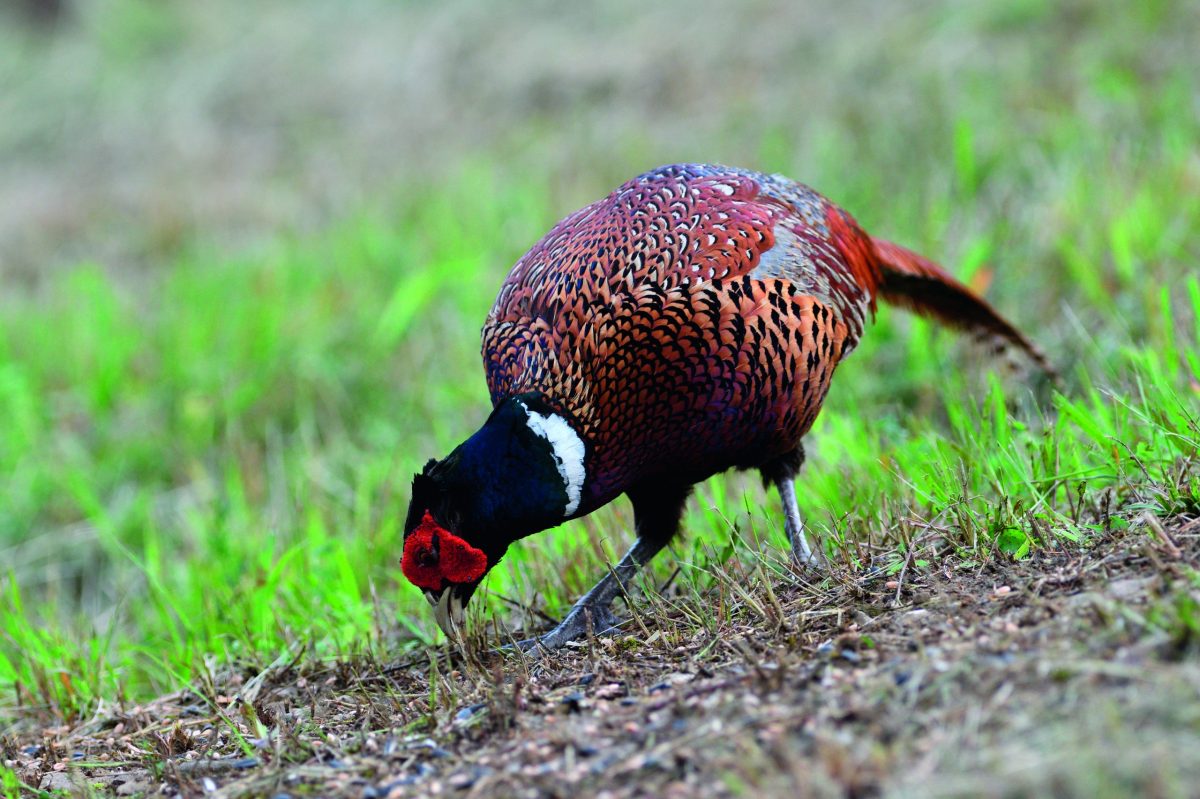How to keep predators out of your pheasant pen
Is it possible to build an impenetrable pheasant pen? Mike Swann offers some tips ...

Foxes need managing
Wise keepers make life as difficult as possible for those pheasant pen predators intent on finding a tasty meal.
Birds are usually lost in two ways:
- Mass kills of poults caught together on the ground (usually within the pen) by the predator
- A gradual loss, as one or two birds are predated daily for weeks on end. This is harder to detect as no carcasses are left and may add up to more than a mass kill by the pen.
Dealing with pheasant pen predators
If you’re keen to build a pheasant pen that virtually impossible for predators to enter then pay attention to these key tips.
- Check perimeter fences for any gaps, weaknesses or damage
- Site electric fences about 40cm away from the edge of the pen
- Maintain a good habitat for your pheasants
- Try to keep release numbers below 1,000 poults per hectare
- Carefully set traps for small predators such as stoats
- Keep foxes in check using legal methods of fox control
- Mink rafts protect poults and help wetland conservation
- Visual and audible deterrents are effective in the short term
A decent fence
The fox is top of the list of predators that will break into a pheasant pen. While a completely fox-proof fence is unrealistic you can still do a lot to make it harder for a fox to find supper. Foxes can jump any fence less than 2m high and anything that is not either turned out and buried or pegged down may well be dug under. Don’t site the fence next to an easily climbed tree as the fox will just jump into the pen from above.
Electric fences
Electric fences are excellent for protecting a pen, but please remember that they work best when all four feet are firmly earthed. A double strand of wire at about 15cm and 30cm high, around 50cm out from the main fence, works well. Once a fox has had a brush with an electric fence it’s not keen to explore one again.

Well-managed pheasant release pens in woodland have proved to benefit biodiversity and conservation as well as ensuring good shooting when the season starts, and encouraging the pheasants to fly “home”
Inviting habitat
Pheasants should regard their pen as home, a welcoming place to come back to. Your pheasants will be looking for plenty of good roosting there, which will also encourage newly released poults to get off the ground to where they are much safer from mass kills. Having plenty of low shrubby ground cover is a good stepping stone in this direction, and it also gives good places to hide when danger threatens in daytime. A good pen should have a third each of sunny spots, low cover and good roosting scattered in a mosaic over the entire area. This keeps the birds well spread out, and makes them much safer than when huddled in big groups.
Mink rafts
Mink are serious pheasant killers. You may pick up a wandering mink with a trap set for small ground predators against the fence but your best strategy is to deploy a mink raft or two. Apart from protecting your pheasants you will also be doing your bit for water voles and wetland conservation.
Stoats and rats
Smaller ground predators such as stoats and rats are good at taking young pheasants, and rats join with grey squirrels in pinching food too. Tunnel trapping to catch these species is a bit risky, as there is always a chance that you will catch and kill one of your birds. However, a few mink cages set against the outside of the release pen fence can often intercept these pests, and of course a marauding mink, before they get into the pen. Set the trap in a little depression, tight to the fence, with the result that any predator will scurry down into the tunnel, but pheasant poults hop over the top.

Holes are usually the first sign of an influx of rats, which are good at taking young pheasants
Check the pen for foxes
If you make the mistake of shutting your poults into a pen with a fox in residence, you will not be the first to have done this! Make a thorough check for vermin inside the pen before you introduce the birds, and make sure that there are no holes under the perimeter wire, and that the re-entry points are closed so that predators cannot just walk in. Then check that the electric fence is working well.
Mark your territory
Around 30 years ago I remember going to a shoot in Kent, where there were yoghurt cups nailed near the bottom of several release pen fence posts. When I asked the owner/ keeper, Alastair Gordon, about them, he explained that he would pee in them on his evening pen check. This was not territory marking gone mad, but judging by the way in which foxes react to a whiff of human scent, it would be a very effective deterrent to marauding foxes and other predatory mammals.
Deterrants
Foxes are suspicious animals and usually fairly timid of humans and their activities. Most other pests are pretty cautious too, so try the following tricks:
- Keep a radio playing in the pen overnight — I find Radio 2 effective!
- A few flashing lamps on fence posts can make foxes suspicious, and deter owls.
- Hang a few CDs from trees to scare predatory birds.
- Many feed bags come printed with owl faces ready to hang around the pen.
Scaring devices will only work for a short time however – familiarity will breed contempt but you may buy yourself a week of effectiveness. Take them away once the predators ignore them.
More on trapping and controlling predators
Carry out an effective snapping, trapping or lamping programme and you’ll not only help the poults but you will also give last season’s pheasants a better chance of bringing up their own broods.
A few well-placed tunnel traps will help. If you haven’t time to run a proper trap line, then set a Larsen trap, have a few snares out and keep up the lamping (this does of course get harder once the clocks go forward).
You might also want to sit out for foxes. Sitting out doesn’t necessarily have to mean on a high seat — it is sometimes better to be a bit mobile so that if a fox does show up in an unexpected place, it is easier for you to move position to take the shot.











